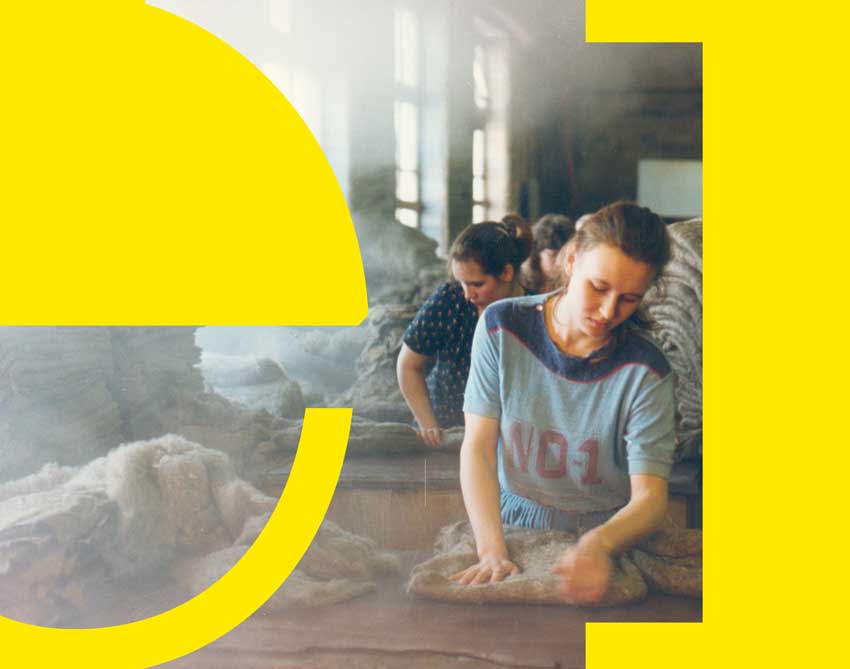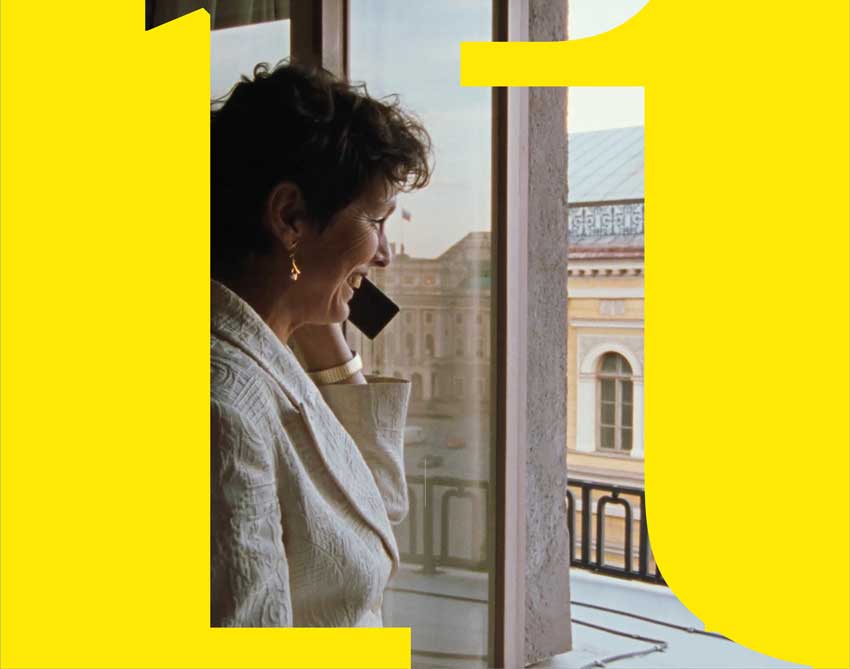FILMS
The film work includes documentaries made since the late 1970s—starting with television films produced along the Moscow–New York (or U.S. East Coast) axis.
Since the 1990s, the focus has shifted primarily to feature-length documentaries for cinema, and after 2000, these were produced entirely without television involvement or influence.
FILMOGRAPHIE
SCREENINGS & EVENTS:
Hughesoffka - Letters from the Wild Field
Briefe aus dem Wilden FeldD 2009 · 84 min
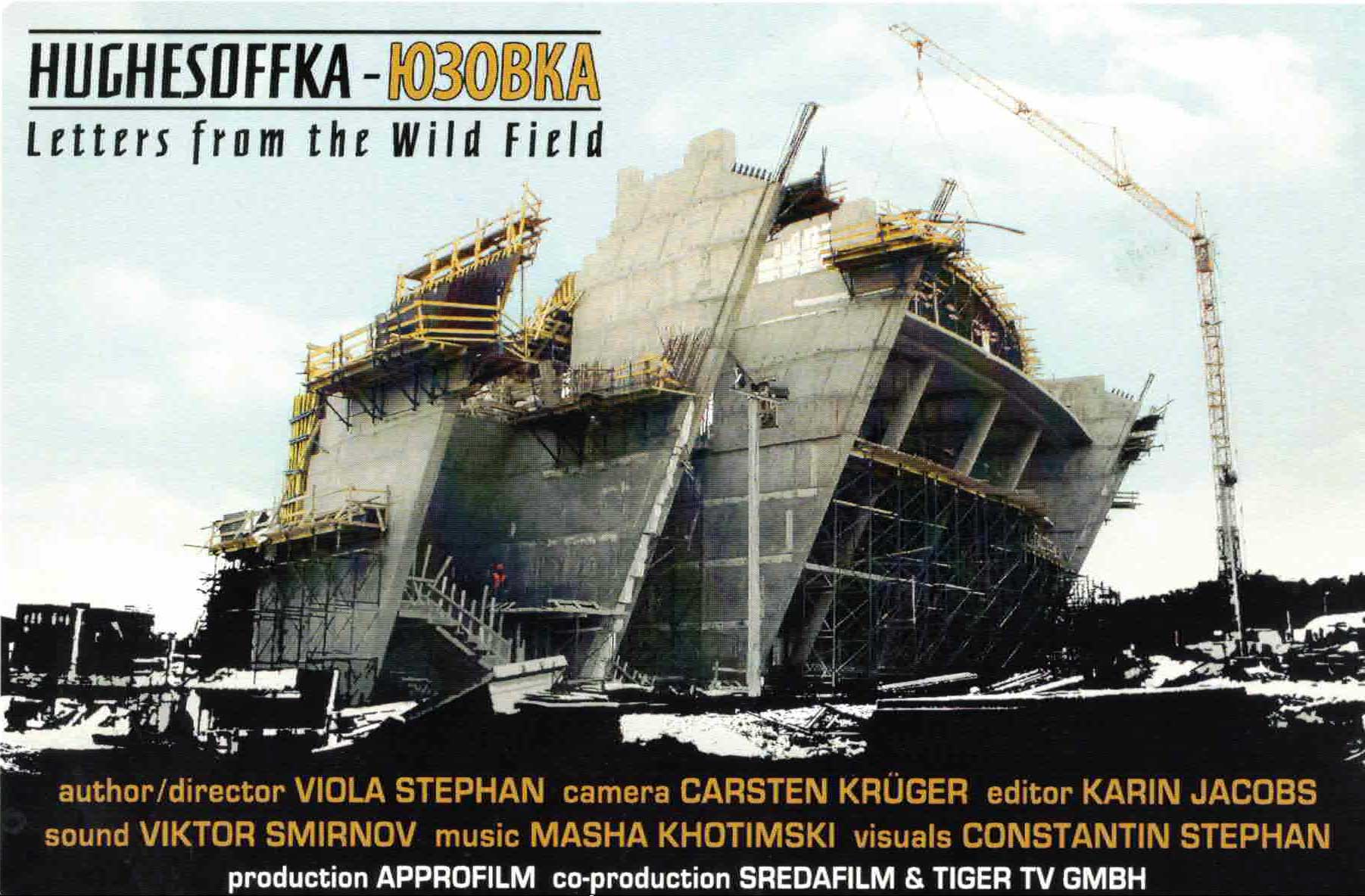
Donetsk
In 1870, Welshman John Hughes began developing the coal deposits and building the steel industry in the Donetsk Basin with a team of 100 British engineers. In no time, the once desolate border region experienced rapid growth—people spoke of a “New America.”
For nearly 50 years, Hughes and his sons ruled unchallenged in Hughesovka (Yuzovka). After the Revolution, the traces of the British were erased. Yuzovka became Stalino.
In 1929, Dziga Vertov created his film “Donbass Symphony”: coal mines, steel production, machines—dynamically edited. The new faith is materialistic. Churches became cinemas, power pylons replaced crosses; icons were burned and church domes toppled to applause. A bust of Lenin was carved by a young woman…

Almost eighty years later, people in the Donbass flock to newly built churches—and the new mosque.
Footballers, not miners, now pose as heroes.
The Donbass Arena for FC Shakhtar Donetsk is being built right in the city center, not far from the first monument to John Hughes.
Today’s entrepreneurs are eager to reclaim Donetsk’s capitalist founding father—who, incidentally, first introduced football to the region. In Wales, it had already proven to be an effective remedy against alcoholism.
The archive in Cardiff, Wales, still preserves evidence of that “Welsh period”: Letters and photographs documenting life in the remote Russian steppe.
THE MAKING OF
seeing is believing -a documentary about vision,
neuroscience and filmmaking
D/L 2005, 86 min, 35 mm, 5 reels, 1:1.66, Dolby digital
| However fast they went, they never seemed to pass anything. "I wonder if all the things move along with us", thought poor puzzled Alice. And the Queen seemed to guess her thoughts, for she cried, "Faster! Don't try to talk!" |
| - Lewis Carrol |



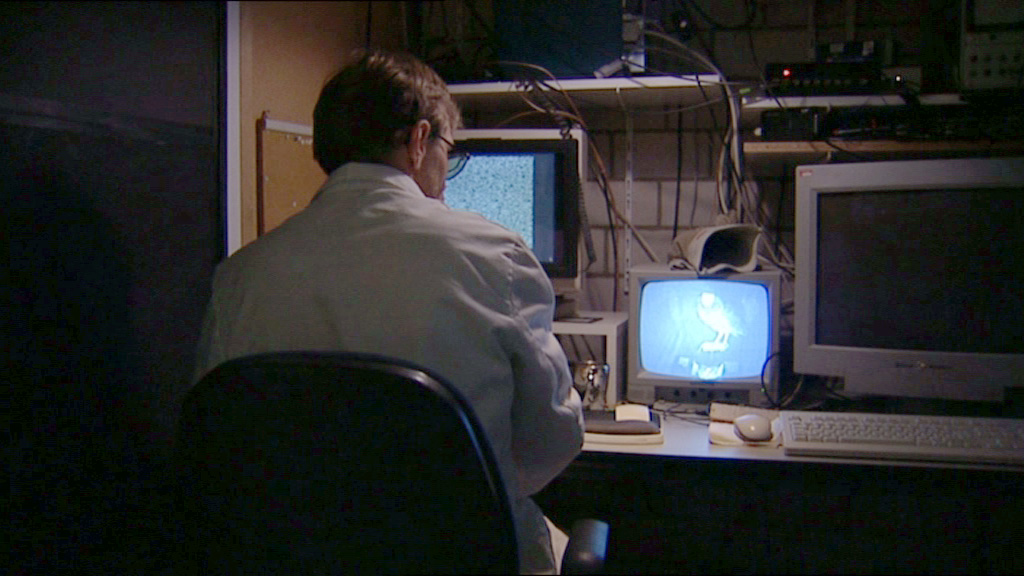

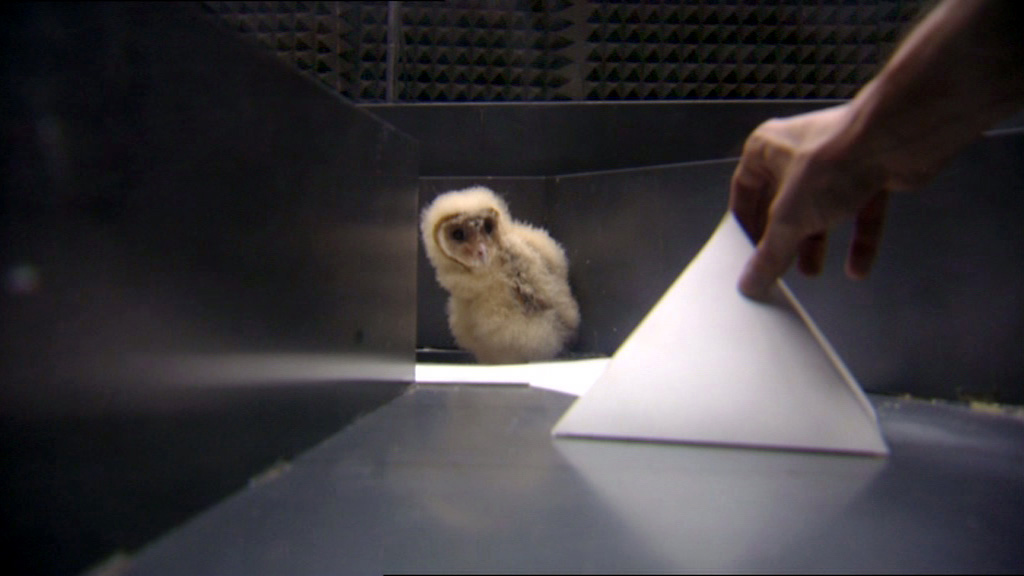



Ladies’ Choice
Scenes from the Civilized West1999 , 80 min, 35mm, colour
Photographed by Thomas Plenert and Victor Kossakovsky
Produced by Viola Stephan Filmproduktion
Distributor: Freunde der Deutschen Kinemathek
Premiere: Berlinale (Forum) 2000

I Loved You...
(Three Romances)
Ya Vas lyubil...(Tri romansa)102 min, Digibeta, b/w and colour
Directed, photographed and edited by Victor Kossakovsky
This trilogy was shot on three different formats which are given below. The first and third parts have been shown and awarded as separate films. "Pavel and Lyalya" is available as a 35mm print and "Kindergarten" on Digibeta.
First Part: Pavel and Lyalya (Jerusalem Romance)
(Pavel i Lyalya - Ierusalimsky romans)
30 min, 35mm, b/w
Second Part: Sergey and Natasha (Provincial Romance)
(Sergey i Natasha -Provintsialny romans)
20 min, Super 16, colour
Third Part: Kindergarten. Sasha and Katya (First Romance)
(Detsky sad. Sasha i Katya - Pervy romans)
52 min, DV, colour
With Lyrics by Alexander Pushkin and Music by Aleksandr Dragomyzhsky

Synopsis
(from the catalogue of the 30th International Film Festival
Rotterdam)
Love is not unequivocal, it is experienced by everyone in different ways ateach moment in life. But it is always intense, it brings beauty, joy andsorrow. Few are able to portray that as strikingly as documentary-makerVictor Kossakovsky. He demonstrates that with his trilogy I LOVED YOU, aboutthe relationships between two old people, two newly-weds and two children.The thread linking the three independent love stories is formed by songssung by Ivan Kozlovsky to lyrics by Alexander Pushkin, about trust, love andbroken hearts. The first part, PAVEL AND LYALYA (JERUSALEM ROMANCE) is themoving story of Lyalya who tends her fatally ill husband Pavel in acheerfully matter-of-fact way and with endless patience. In SERGEY ANDNATASHA (PROVINCIAL ROMANCE), the wedding day of two lovers is filmed. Theyhave chosen each other despite their sceptical families. SASHA AND KATYA(FIRST ROMANCE) is a dramatic jewel about love, treachery andheart-rendering sorrow at the infant school.The images are of a simple and impressive beauty. Kossakovsky has a sharpeye for the non-verbal expressions of the deepest emotions. He looks with somuch love and commitment that there is never any question of voyeurism. Hisinvolvement is sometimes very explicit: twice the director bursts out cryingbehind his camera. However maybe he is not crying, but there are, as Katyasays, "just falling tears".
Press
"An excellent triptych by the outstanding Russian director Victor Kossakovsky, crassly given a late slot ... for its enchanting final section."
The Sunday Times / GB, 31. Dezember 2000
"...quality documentary that wanders into the feature film genre....arthouse masterpiece that scoops loads of awards at film festivals..."
Evening Standard / GB, 31. Dezember 2000
"Victor Kossakovsky’s picture of three different romances is simply stated and moving..."
Daily Telegraph / GB, 2. Januar 2000
"... the film ... embraces extremes of experience and, by focusing on the narrow and particular, expresses the universal. It is an extraordinary experience to see television so demanding, so beautiful and so rich."
The Times / GB, 30. Dezember 2000
Awards
Thessaloniki Documentary Festival 2001
First Prize for Foreign Film
Montreal International Festival of Cinema and New Media
Best Documentary
WEDNESDAY - 19.7.1961
SREDA, 19.VII.1961 directed, photographed and edited by Victor Kossakovsky1997, 93 min, 35 mm, colour
[5 reels, 2.556m, screen ratio: 1:1,66]
| Original Music:Alexander Popov Music Group:Strannye Igry Sound:Leonid Lerner Producer:Viola Stephan Production Manager:Elena Rejzentul |
in co-operation with ZDF Mainz/ARTE, BBC London, ROSKOMKINO Moscow, DOCSTUDIOS St. Petersburg, YLEISRADIO Helsinki and Eurimages
Press
"... revealing documentary mosaic about life in St. Petersburg..." The New York Times, 11. April 1998
"Bilder erzeugen Bilder, Töne verbinden sich mit Tönen (...); so verbinden sich die einzelnen Einstellungen und Personen in einer Montage von grosser Genauigkeit und pulsgenauem Rhythmus zu einer Erzählung, die in ihrem epischen und poetischen Gehalt dem 'Ulysses' von James Joyce ebenbürtig ist." Wochenzeitung, 7.März 1998
"Kossakovsky ist es gelungen, fühlenden Menschen jene Freude und jenen Schmerz spüren zu lassen, um deren willen allein Kino gemacht wird; er lässt sie über jene Dinge nachdenken, über die sie nicht nachdenken wollen." Seans, Nr. 16, 1998
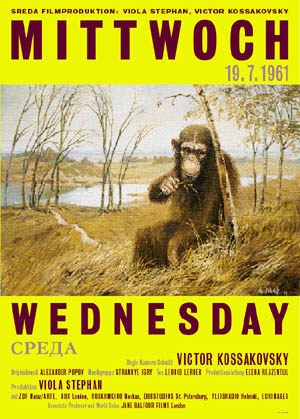
Synopsis
Wednesday, July 19, 1961: it’s summertime and the newspapers are full of the usual articles. The world is comfortably embedded in the Cold War. An average day in Leningrad. 51 girls and 50 boys are born in Leningrad on this day.
One of them is Victor Kossakovsky. Why here and not somewhere else? Why then and not another time? These questions are the starting point for his film. Could it be that this child was mistaken for another in hospital? Who are all the people who began their lives on that same day? Do they somehow share the same fate or are they merely contemporaries?
"I spent a whole year tracking down the other hundred people born that day. Some of them are no longer alive, some have moved away from the city, still others have emigrated. Over half of this group, however, are still living in this city, now known as St. Petersburg. There are thin ones and more corpulent ones, some with lots of children and others who are single, some who are poor, some who are successful. Some are garrulous, others reticent. There are patient and doctors among them. Some are in the business of selling while others are consumers. There are car drivers and pedestrians in the group, artists and businessmen, a builder and someone who is homeless; a prisoner and an investigating magistrate; left-wingers and right-wingers; those who have religion and those who don’t. And we are all about to turn 36 years of age.”
Victor Kossakovsky, 1996
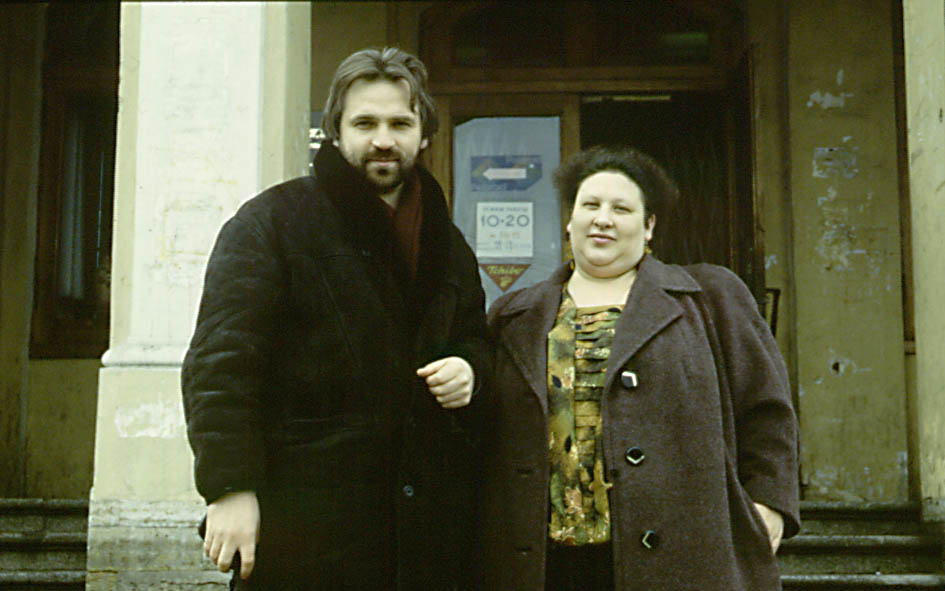


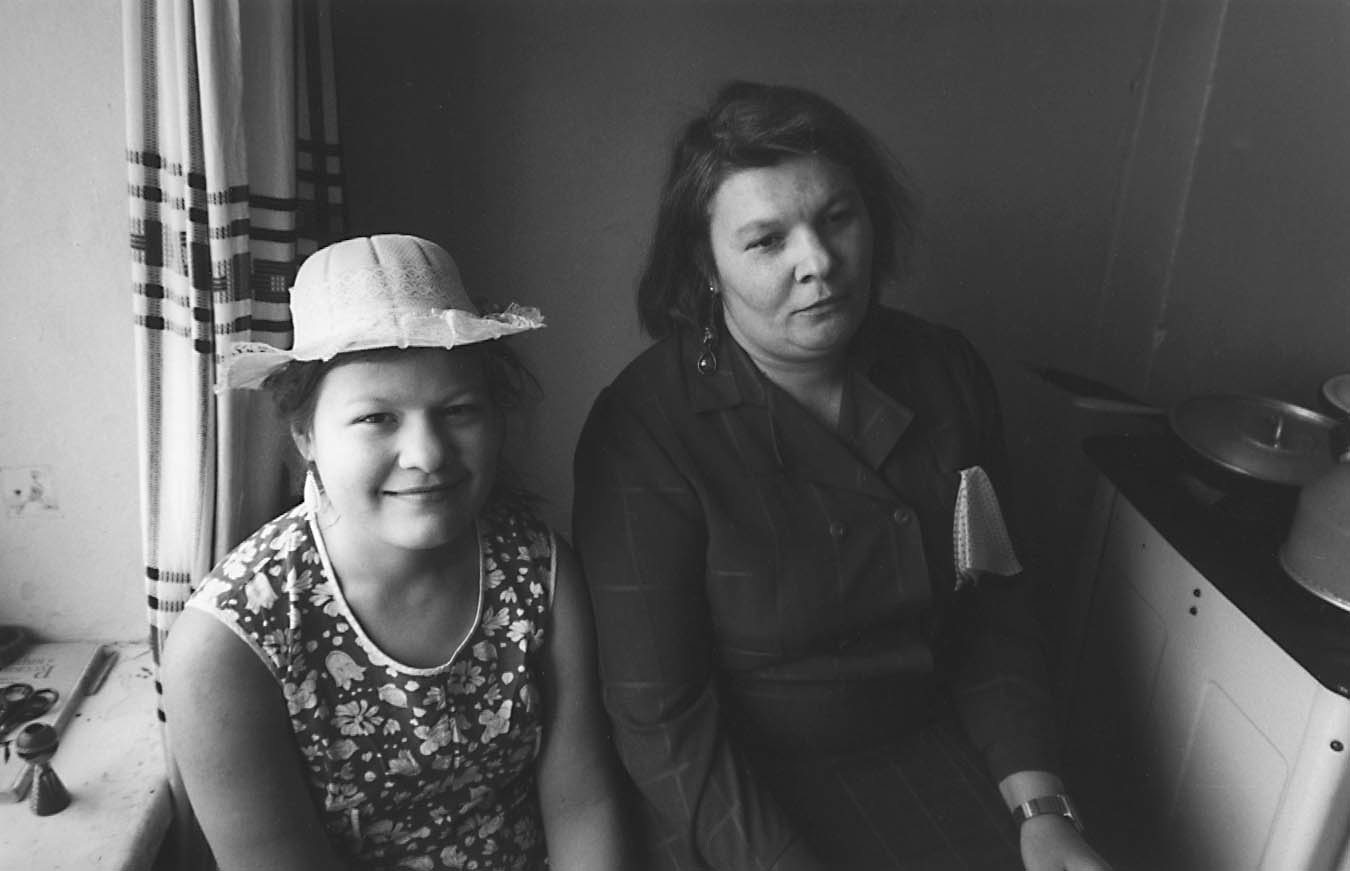

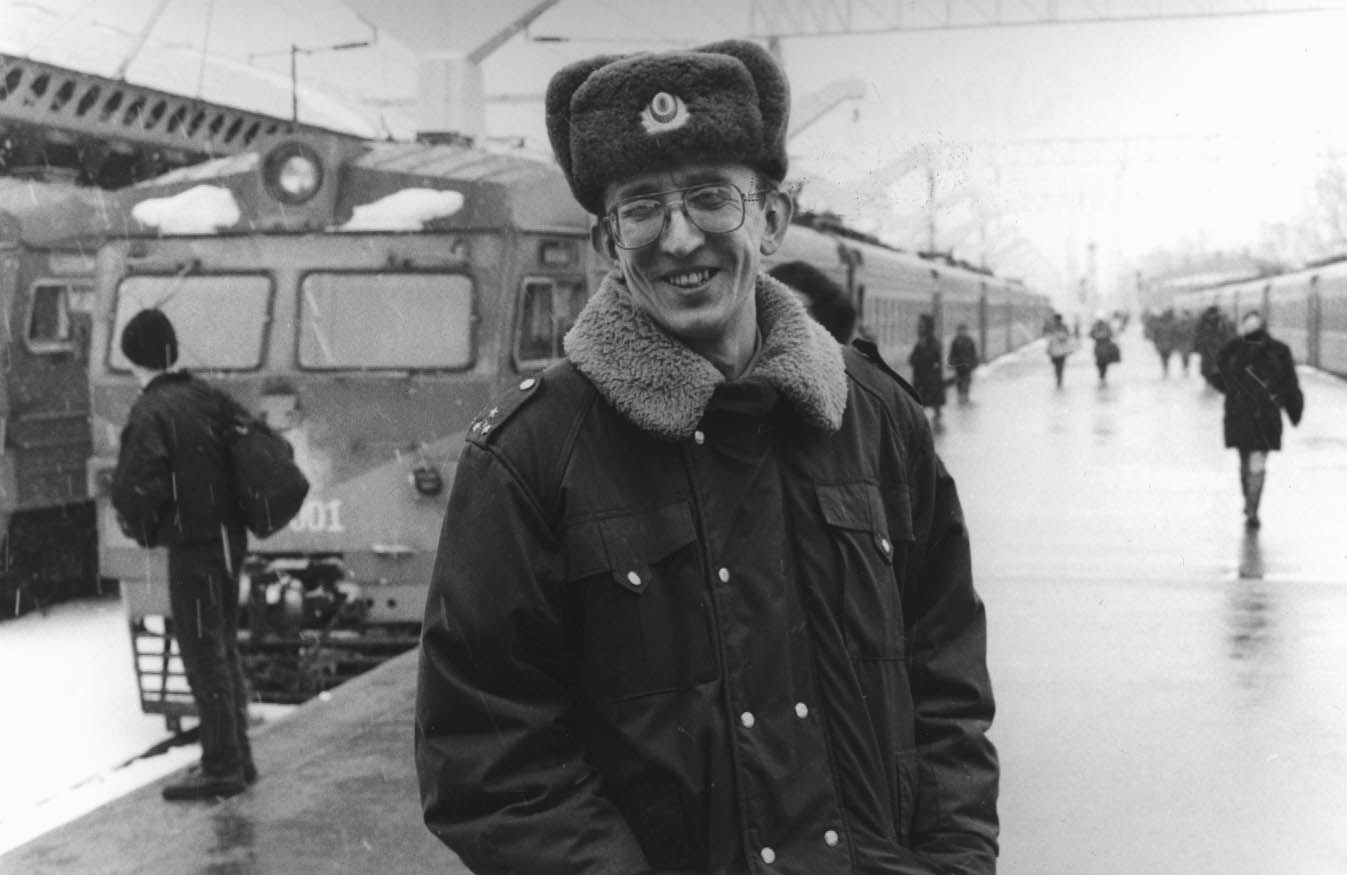



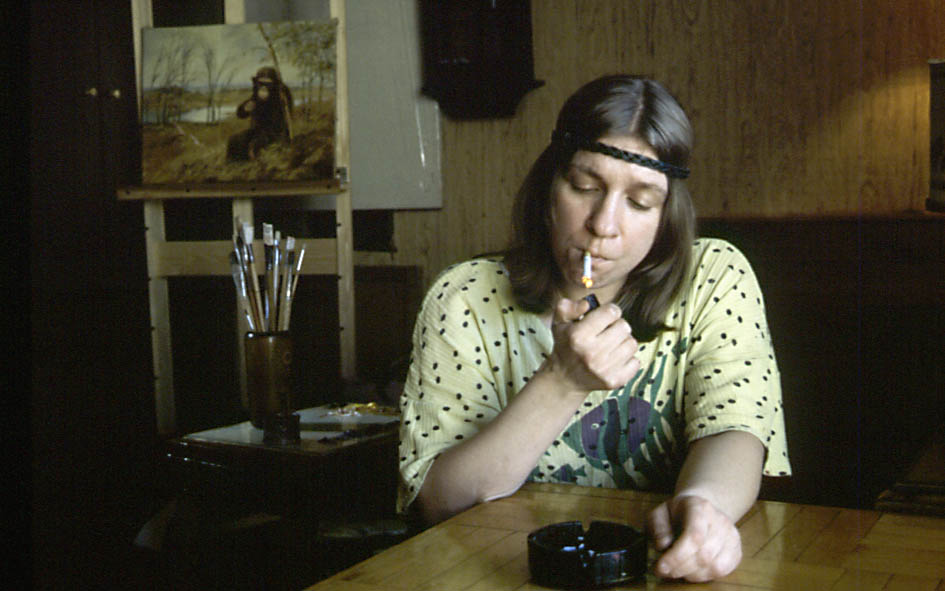
VIOLA STEPHAN
Curriculum VitaeUniversity in Berlin and London, Phd
theatre director in New York, film classes at NYU
since 1980 Documentary films, mainly in the US and Russia
since 1983 VIOLA STEPHAN FILMPRODUKTION
since 1996 SREDA FILM
Films as author, director and *producer:
1981 Umom Rossiju ne ponjat‘ 60 min, 16mm
1982 Love in the Afternoon, 45 min, 16mm
1984 Vkhutemas. 45 min, 16mm
1984 Artists in Moscow, 45 min, 16mm
1985 American Aristocracy, 60 min, 16mm *
1986 Creative Pricing, 60 min, 16mm *
1987 The Business with Public Opinion, 45 min, 16mm *
1988 Bronze Age, 55 min, 16mm **
1989 An American in Moscow, 45 min, 16mm
1991 Journey from Petersburg to Moscow, 116 min, 35mm **
1992 Come with me to Georgia, 45 min, Beta SP
1992 War's End, 90 min, 35mm, Farbe *
1994 Silesia, 80 min, 35mm, *
1996 Borovitchi, 98 min, 35mm *
1999 Ladies' Choice (Scenes from the Civilized West), 80 min, 35mm, *
2005 The Making Of D/L, 86 min, 35mm*
2009 Hughesoffka - Letters from the Wild Field, 85 min**
* as producer ** Coproduction
Films (as producer)
1997 Wednesday, D/GB/RUS/SF dir.: Victor Kossakovsky, 90 min, 35mm
2000 I Loved You D/RUS (dir.: Victor Kossakovsky, 102 min, Digibeta
Part 1: Pavel and Lyalya, 30 min, 35mm
Part 2: The Wedding, 20 min, super 16,
Part 3: Kindergarten, 52 min, DV
THE MAKING OF
seeing is believing -a documentary about vision,
neuroscience and filmmaking
D/L 2005, 86 min, 35 mm, 5 reels, 1:1.66, Dolby digital
| However fast they went, they never seemed to pass anything. "I wonder if all the things move along with us", thought poor puzzled Alice. And the Queen seemed to guess her thoughts, for she cried, "Faster ! Don't try to talk!" |
| - Lewis Carrol |




